First place prize being set at high honour (with a cheeky FAT check)

The LVMH Prize celebrates upcoming young designers and awards winners with generous grants, mentorship, and unofficially – yet official – credibility in the industry. Returning for its 9th iteration, the current eight finalists have just been chosen from twenty semifinalists (now 19 with Maximilian Davis being appointed CD at Salvatore Ferragamo). The semi-finals took place earlier this month where the candidates – who by the way, were chosen from a pool of 1900 applicants – showed their work live for the panel of creatives and on the LVMH digital platform for the public to cast their vote.
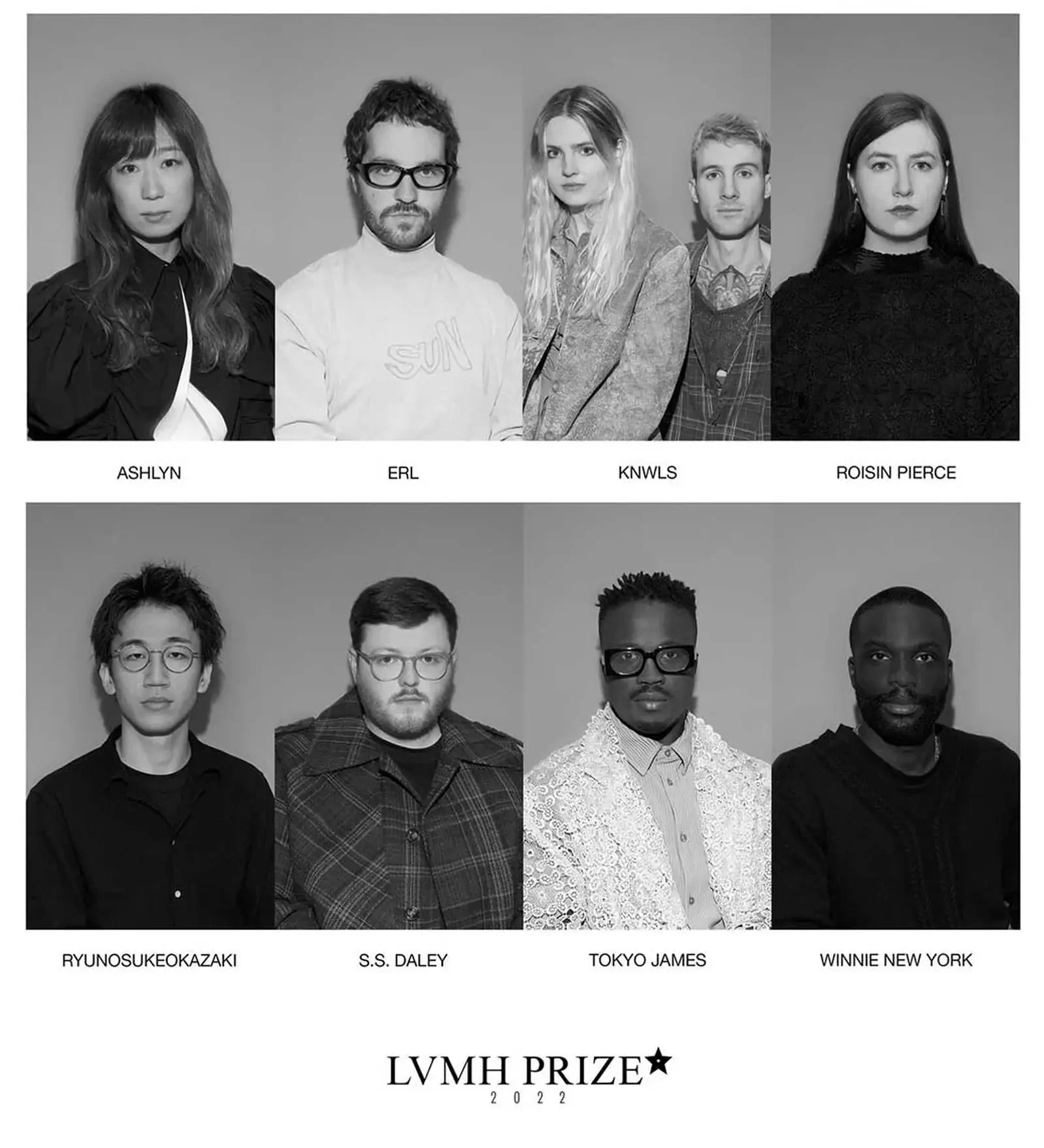
While this event sounds great on paper, you may be wondering who LVMH actually is. The company owns some of our favourite brands including Marc Jacobs and Fendi. The name itself actually stands for Louis Vuitton Moët Hennessey – and as we all know by now, fashion and alcohol go hand in hand. In 2013 the company began the LVMH Prize to help foster the creativity of upcoming talent in the cutthroat industry. LVMH also supports other institutions with similar initiatives such as the ANDAM Fashion awards and the Hyéres Festival to name a few. Some familiar – and beloved – names from LVMH Prize past are Jacquemus, Thebe Magugu, and last year’s winner Nensi Dojaka.
With the first place prize being set at high honour (with a cheeky FAT check), let’s take a closer look at who is in the run for this grand award.
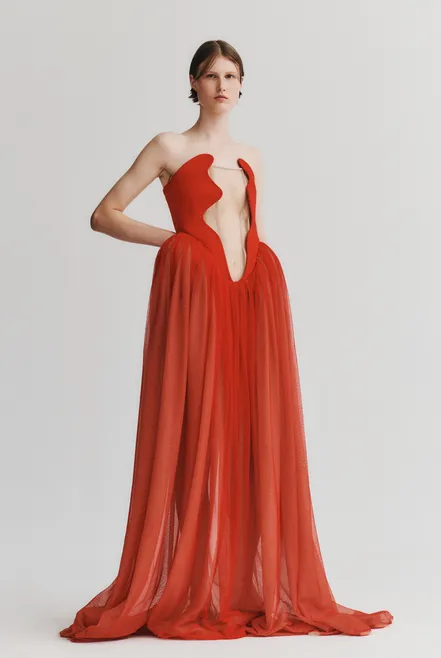
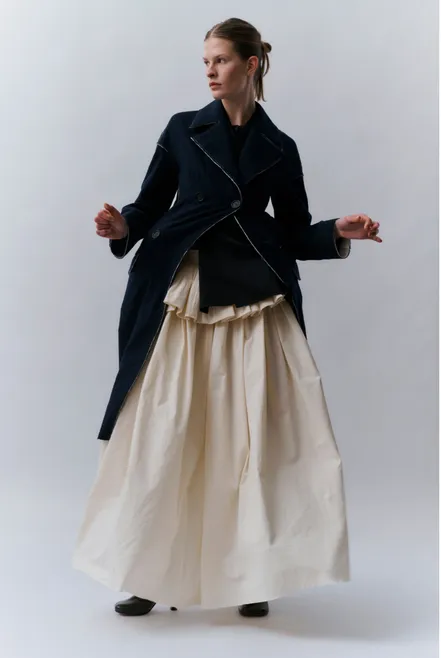
Ashlynn Park utilises her cross continental skills to craft her highly elegant designs. She began studying fashion in her homeland of Seoul and then moved to Japan to finish it. In 2011 she made the decision to continue her career across the world in New York. She worked at Alexandar Wang and later alongside Raf Simons at Calvin Klein. With this unique background, Park approaches her own label, ASHLYN, from a refreshing angle. Beginning her process, Park is inspired by Japanese simplicity which she then combines with draping techniques. Through upcycling garments and using the one square method – which entails working with squares – Park aims at minimizing fabric waste in her production.
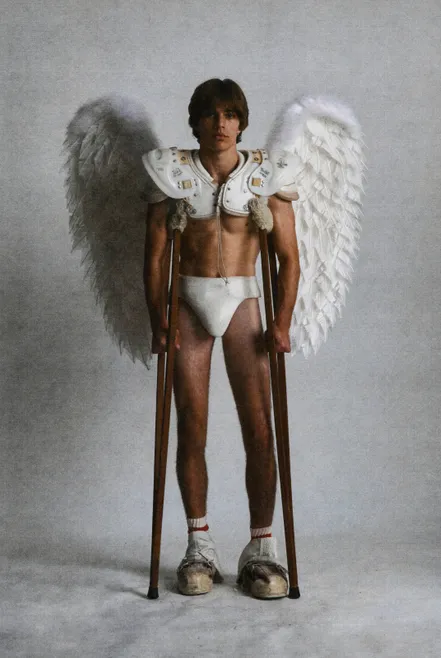
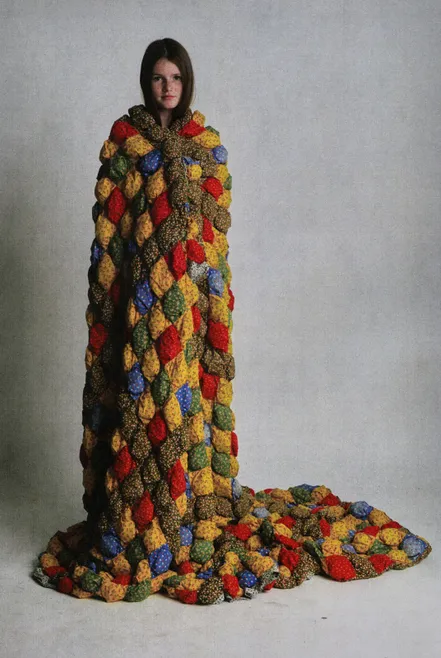
Eli Russel Linnetz derives his inspiration from his sunny stomping ground of Venice Beach, California. First launched in 2020, ERL embodies the California casual spirit with simple – yet redefined – renditions of classical American staples. This same spirit is seen in the brand’s DIY approach as all the photography, casting, styling, lookbooks and campaigns are all made by Linnetz himself – someone isn’t getting their 8 hours. Since its menswear take off in 2020, the brand has expanded to womenswear, suiting, accessories, and childrenswear. In fact, you may already be familiar with an ERL design, namely, the A$AP Rocky upcycled quilt garment from last year’s Met Gala.
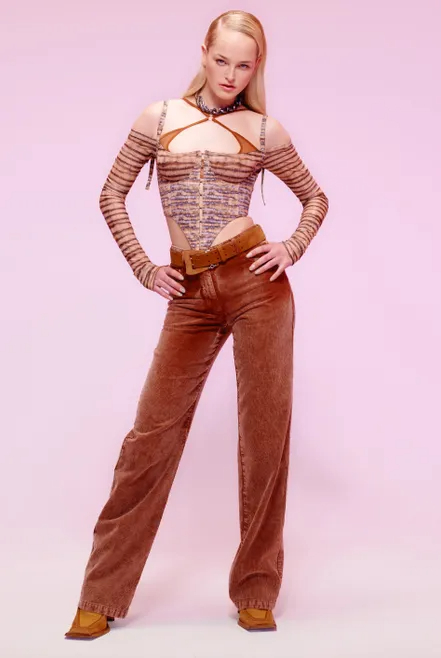
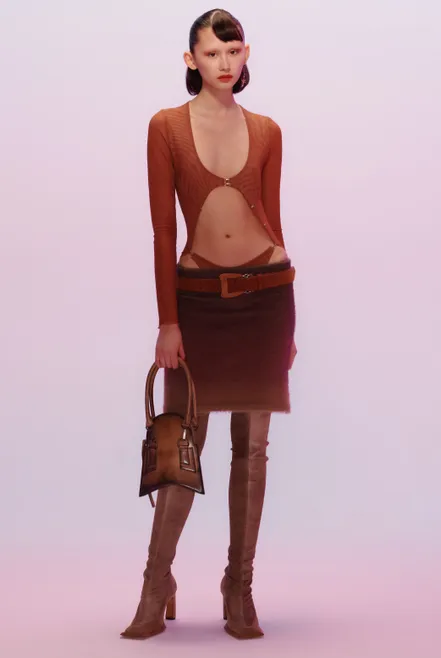
Charlotte Knowles and Aleandre Aresenault are the brains behind the popular south London brand KNWLS – which we are long time fans of BTW. Their vision is to be disruptive; to reimagine the classical depiction of femininity by constructing a new narrative of what a feminine body can be. Knowles and Aresenault’s process is, as they describe it, is highly physical and emotional. Each design offers a glimpse into a larger, narrative defying, world they are creating. They begin with an idea that is personal to them, find inspiration, and directly begin playing with the textiles. Often, their designs result in a combination of rough and dainty materials which only furthers their contemporaneity as they also play around with silhouettes, accentuating the body in surprising and new ways.
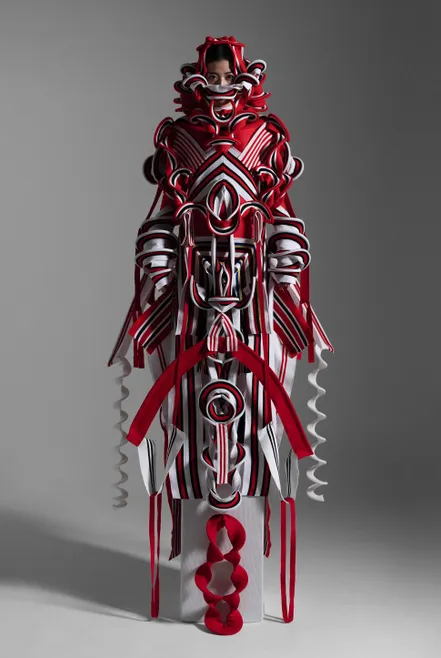
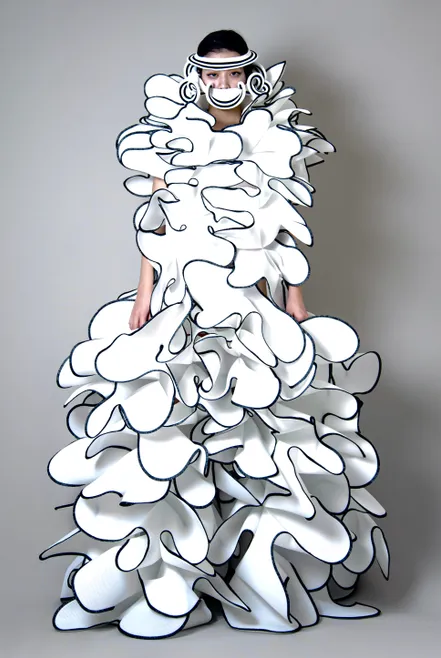
Born and raised in Hiroshima, in the shadow of the atomic bomb, Ryunosuke has prayed for a state of worldly peace his whole life. Prayer is crucial to both his work and philosophy of life. He understands there to be an inherent relationship between the natural, humans, and prayer. He investigates this relationship through his work by extending the meaning of prayer to describe his ritual of creating. Ryunosuke does not sketch nor make fabric calculations, rather, he begins working with textiles, always moving his hands and praying that it will work out. The result of this is the highly fluid and artful pieces that have won him numerous awards in Asia and now gaining global recognition for his couture-level work.
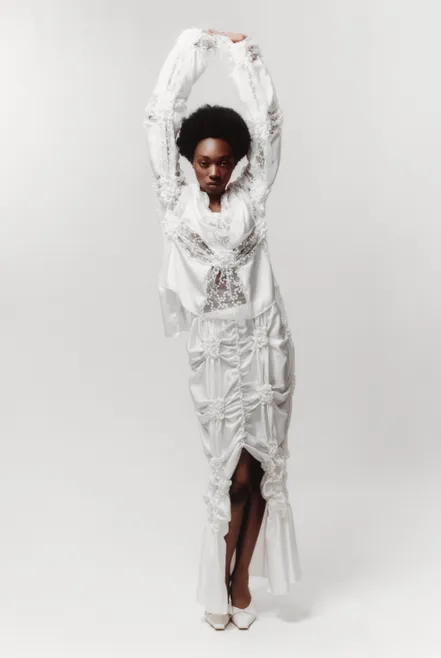
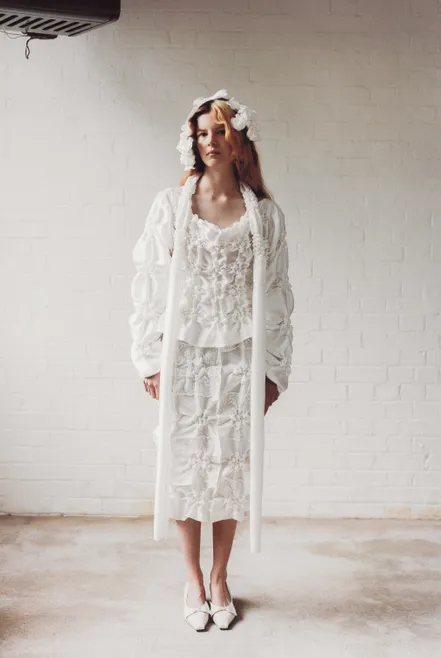
The womenswear designer (and Hyéres Grand Prix du Public winner ?) Róisín Pierce utilises both innovative production methods and traditional hand-sewing in her work. In her artisanal approach, she examines its entangled relationship with Irish women’s history. While exploring the past, Pierce is also highly aware of the future, rethinking that which has already been seen before by manipulating fabric with great sensitivity to the ways it wants to move. Practicing hand-sewing along with – the trendy – square method and upcycling, Pierce is able to greatly reduce her carbon footprint. Although these methods of production are difficult – especially for smaller businesses – she expresses how it in turn forces her to get even more creative with her work.
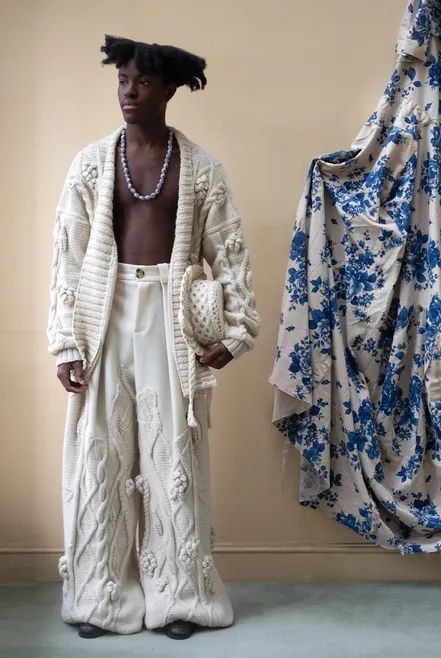
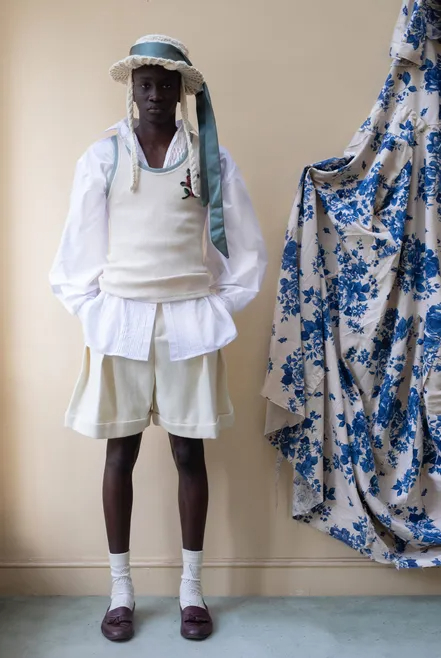
Daley uses the institutions of the British upper class to investigate and rethink the world of the elite. Growing up in a working class family from Liverpool, this inquiry into the elite world was sparked by the public school – which means the posh paid for kind in England – that was next to his University building and observing the clothes the schoolboys wore. Unearthing the feminine nature of the hyper-masculine culture is key in Daley’s designs. In his latest collection, he teamed up with a theatre to showcase his collection and further reimagine the acknowledged narratives by challenging stereotypes through theatre. Daley has also made a commitment to using donated and deadstock fabrics all of which is sourced in the U.K.
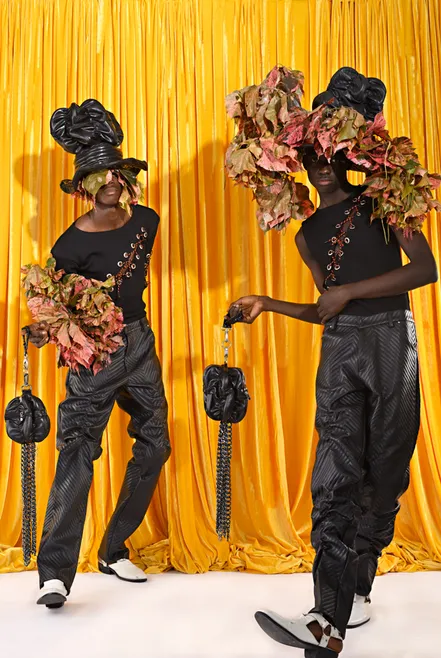
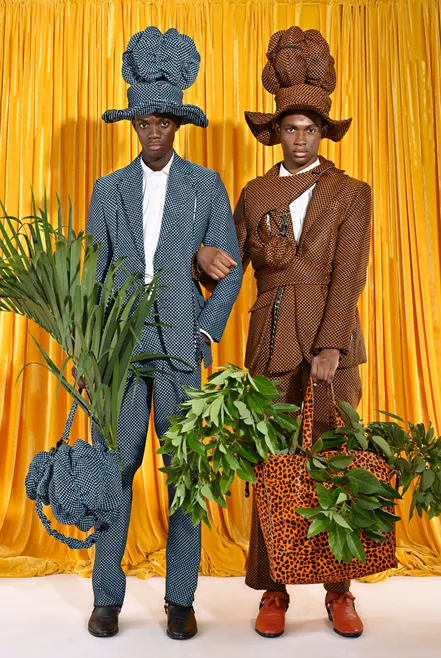
Before making his mark on the fashion world, Iniye Tokyo James studied mathematics at Queen Mary University in London. Upon graduating, he developed a successful career in styling and digital campaign direction – talk about career change. After years in the industry, he launched his own publication, “Rough U.K.”, which now has grown to include its counterparts “Rough Italia” and “Rough New York”. Upon his successes in England, James relocated to Lagos, Nigeria where he launched Tokyo James. The philosophy of the brand is to celebrate the commonality between worlds and cultures. His collections typically begin with a hot topic of concern in the world which he then explores through motifs that can be understood cross-culturally. In this, he has a further niche concern focusing on how both Africa and London interact with the rest of the world through garments.
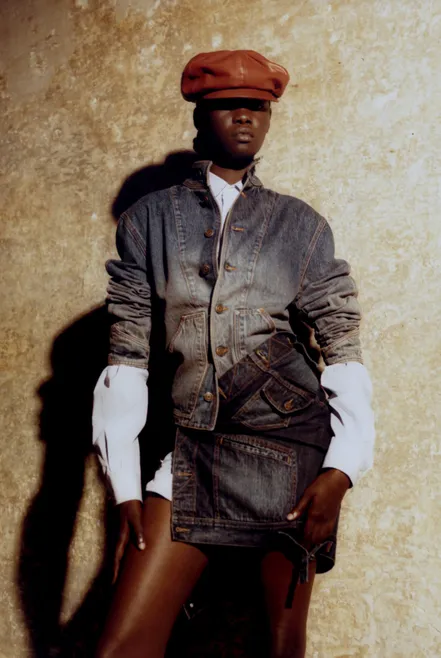
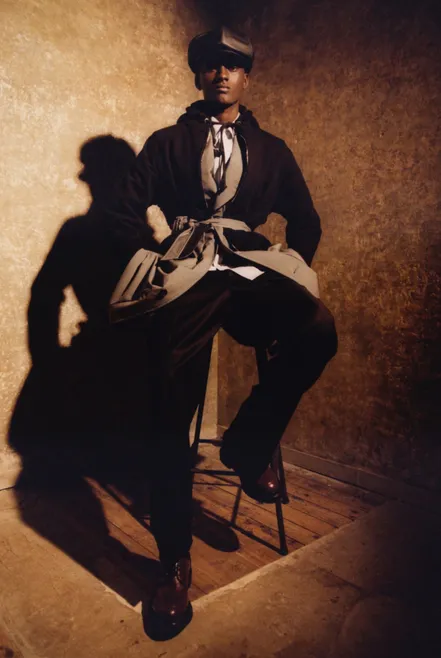
At the impressively young age of 14, Idris Balogun scored an apprenticeship and the famous Savile Row. It was there where he honed down his skills before he continued his career at Burberry and then Tom Ford and then eventually his own label – naturally of course. His process starts with initial inspiration, which is mostly from paintings, followed by his sketches – and trust us, Balogun is a sketching fanatic. He likes to get all of his sketches into one place so he can not only see how garments go together but also where he can use the same fabric in multiple places to minimize waste. His collections are made from a unique combination of the classical fabrics he was introduced to at Savile Row as well as upcycled fabrics, giving his collections an interesting edge.
Overall, this year’s finalists showcase the artistry in fashion design in a mature yet young way.
Images courtesy of LVMH Prize
Words by Ella Paritsky